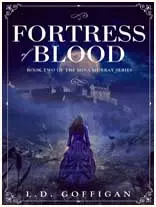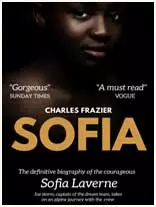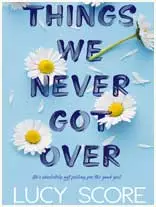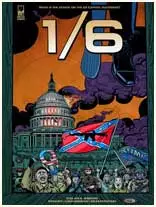The 5 Elements of Comic Book Writing
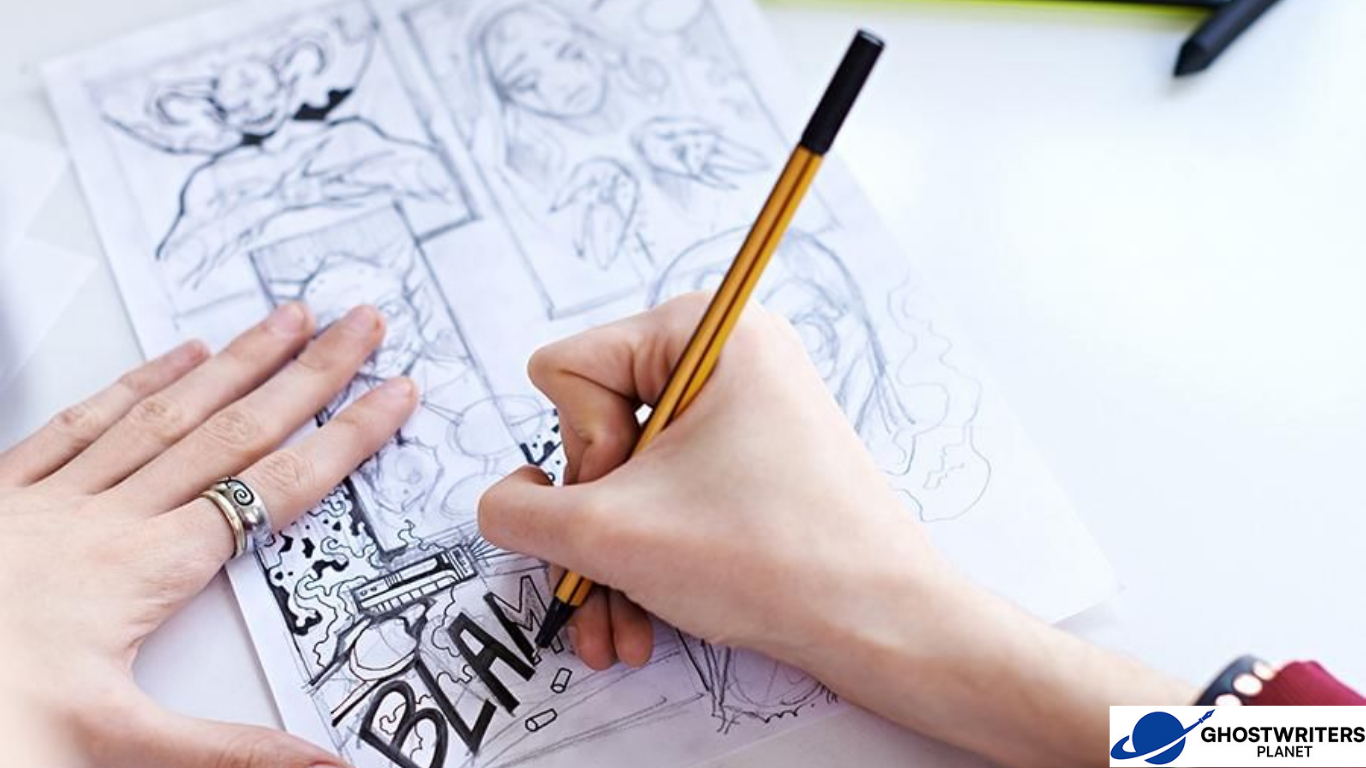
Comic books are an atypical and dynamic way of telling stories, one that juxtaposes stunning artwork onto a sublime narrative. Comic book writing is a specialized skill that organizes the delicate relationship between text and picture, story and pacing. Whether you are a hopeful writer nursing dreams of graphic novels or a creator wishing to polish up their own script, there are some core elements to comic book writing that one must revisit. This blog will provide a walkthrough of the five basic elements in comic book writing, arguing why linking with the professional comic book writing services and best comic book script writers can elevate your project from mere concept to intriguing reality.
1. Plot and Structure: The Blueprint of Your Story
All good comics begin with a decent enough plot. Different from prose, comic storytelling goes from panel to page, making the tightness of structure even more imperative to hold reader interest through visual and narrative beats.
Wherever applicable, writers tend to rely on an orthodox narrative structure, be it the three-act structure or the hero's journey, but have to tailor it to fit an episodic format or serialized comic. The planning of such stories will include:
- Great cliffhangers at page turns to compel readers to turn to further pages.
- Subplots, interspersed inside the main plot, to cast some depth into the issue.
- Character-intensive conflict situations that evoke emotion.
A clear and coherent plot pushes forward; hence, every issue or volume feels good yet leaves room for something more.
2. Characters and Dialogue: Breathing Life into Your Cast
Characters are the heart of any story, and in comics, they have to be tabbed on readers right away, both visually and in their voice. Comic book writing to some extent requires sharpness and economy in dialogue due to space constraints with speech bubbles.
- Good writers give each character a distinct personality reflected in
- Patterns of speech (for instance, could be extreme formality, could be flash, it could be even witty, etc.)
- Motivation and growth or lack of it throughout the story
- Interaction with other characters
Dialogue should also go hand in hand with the artwork. For example, if you have a panel showing a character being expressive without saying anything, this may not require much, if any, dialogue. For an action sequence with cut panels, a lot of short disjointed sentences can create the sense of urgency for tension.
3. Visual Description and Paneling: Directing the Artist's Vision
The comic script differs significantly from traditional writing since it attempts to be a blueprint for both story and artwork. The writer must be very specific in giving directions in terms of:
- What the artists should illustrate on each panel, down to pose and facial expressions, in terms of backgrounds.
- The suggested panel size and layout directions are for the purpose of controlling the rhythm of the story.
- Scene transitions should help indicate pacing.
This assumption aims to let the words and images coalesce. For example, page to page with a lot of small panels will feel very chaotic or urgent, whereas a large panel will slow down the reading and place subliminal emphasis upon that particular moment.
This is essentially a collaboration: some writers prefer more detailed scripts, while others allow for greater artistic freedom. The best comic book writing services know how to balance specificity with creative freedom.
4. Pacing and Timing: Control the Reader Experience
In comics, pacing is visual and narrative. Unlike in prose, where the length of a sentence can vary, pacing in comics tends to be controlled through the number of panels on a page, the amount of text, and the size of images.
Good control in pace means:
- Short panels and fast dialogue during action scenes, to signify speed and intensity
- Big panels with breath for emotional impact or dramatic reveal
Clearing page turns to either build suspense or slap the reader in the face-well-chosen page turns could go either way
Pacing affects reader engagement, since it may also govern what readers feel-tense, exhilarated, or pensive, and predominant knowledge of pacing separates the novice from the best comic book script writers.
5. Theme and Tone: The Lifeblood of Your Comic
Themes give your comic a message or meaning, heroism, identity, justice, redemption, a tone sets the mood: dark and gritty, light and humorous, or elsewhere- the authorship weaves themes and tone into:
- Character arcs and conflicts that mirror greater concepts
- Visual style and dialogue choices that foster the atmosphere
- Symbolism and motifs seen repeatedly throughout the story
Consistency in theme and tone is what enables your comic to engage clearly with the intended audience and develop its own identity, which can, in turn, cultivate a lifelong friendship with your audience.
Why Hire Professional Comic Book Writing Services?
Mastering all these elements calls for a little more experience, creativity, and knowledge of the industry. Professional comic book writing services have the advantage of having great knowledge.
- Constructing a polished, captivating script of your vision
- Working in collaboration with artists, editors, and publishers
- Upholding customs of a genre and marketability
- Getting the job done, unperturbed by deadlines
The best comic book script writers strike a balance between storytelling skills and technical know-how in such a way that your comic both reads well and translates nicely onto the page.
Final Thoughts
Whether you are mapping your first graphic novel or fleshing out a dense series, knowing the five fundamental elements of comic book writing is basic. From plot to pacing to tone, each of these individual elements plays an important role in creating engaging and unforgettable stories. If you want your comic ideas professionally polished and translated into reality, working with high-end comic book writing services may give your project that extra spark among the many.
limited Time offer
- 00
- 00
- 2

